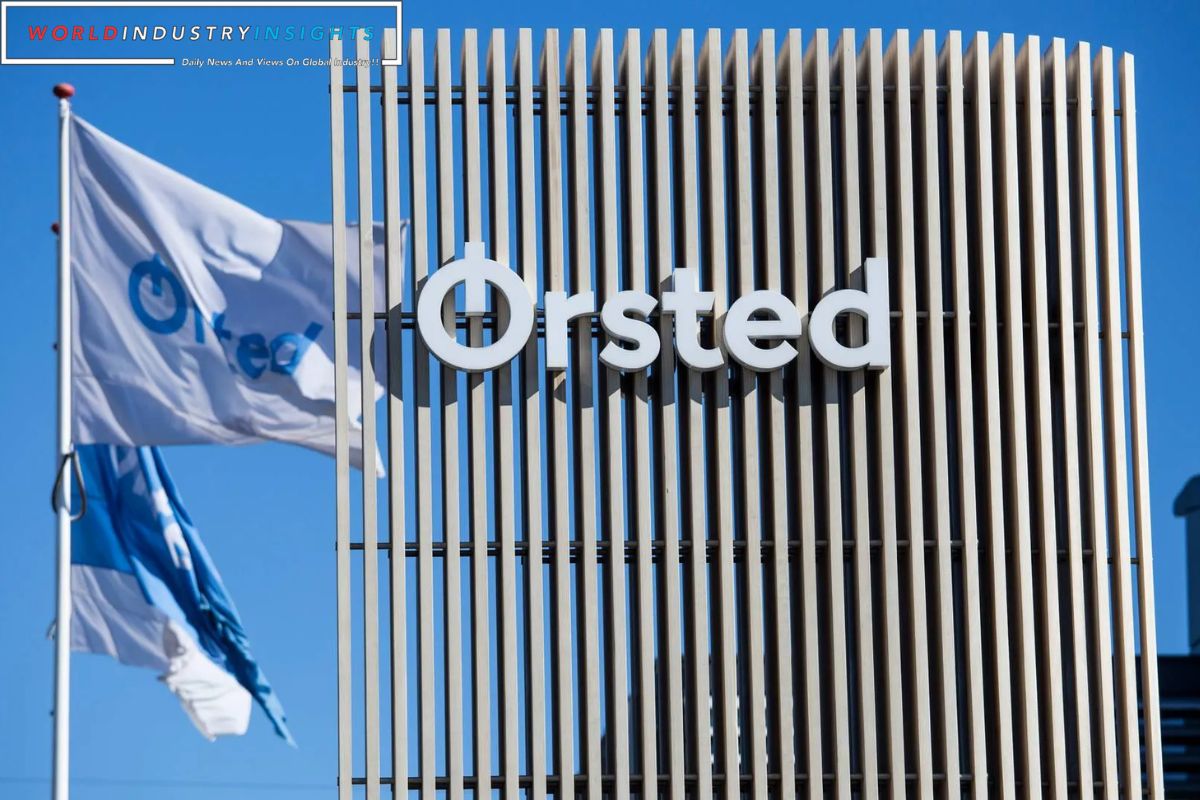Orsted Balancing Act: Danish offshore wind giant Orsted (ORSTED.CO) finds itself treading carefully on a challenging path. The company recently disclosed a significant impairment of around $4 billion in the United States, leading to the abandonment of two projects off the coast of New Jersey. Despite the setbacks, the CEO Mads Nipper must balance the need for further investment in the U.S. market with cautious maneuvers in the UK, a delicate act indeed.
In the wake of turbulent times within the wind sector, Orsted faces its own trials, prompting apprehension among investors and a significant drop in its stock price. The recent hurdles have clouded the company’s growth prospects, casting doubt on its future U.S. portfolio and the anticipated returns from operational projects.
While the recent setback might suggest a prudent retreat, completely withdrawing from the U.S. market would jeopardize Orsted’s long-term financial objectives, set in motion earlier this year. This predicament raises concerns as the company could miss its ambitious financial targets, potentially impacting its EBITDA. Navigating this challenging terrain, therefore, demands a careful balance of risk and reward.
Despite the tribulations, Nipper remains committed to the Revolution Wind project, keeping the company on a cautious but optimistic trajectory. However, challenges in securing a buyer for its power, combined with the absence of substantial U.S. aid, may signal further impediments ahead.
Consequently, Orsted’s attention turns to the Hornsea Three project in the UK, which presents its own set of financial challenges. With potential low electricity prices and regulatory constraints, the company must weigh the costs and benefits of delaying or abandoning this venture. A strategic exit from Hornsea Three might mitigate the financial strain, especially with the possibility of supplier leverage via the Hornsea Four project.
The path ahead for Nipper and his team remains uncertain, with the potential for political repercussions looming. As the company grapples with its American endeavors, difficult decisions await, underscoring the trade-offs inherent in pursuing its ambitious yet volatile aspirations.
Also read: Real Estate Giants Found Liable in $1.78 Billion Commission Scandal
Our Reader’s Queries
Is Ørsted ready to abandon US wind projects as it asks for help?
Orsted A/S has made it clear that it will not hesitate to abandon its US projects unless the White House provides more support. This move highlights the numerous obstacles that wind-energy developers face in the country. A wind turbine located near Block Island, Rhode Island, serves as a reminder of the potential of wind energy in the US. However, without adequate support, the industry may struggle to reach its full potential. Orsted A/S’s stance underscores the need for the government to provide more support to renewable energy projects.
What are the future plans for Ørsted?
Our company specializes in building and managing offshore wind farms across various countries including Denmark, Germany, the Netherlands, Poland, Taiwan, the UK, and the US. Our goal is to maintain our position as a leader in the industry and expand our offshore wind capacity to 28 GW by 2030. We are committed to providing sustainable energy solutions and contributing to a cleaner environment.
Who is Ørsted owned by?
Ørsted is a publicly traded company on the Nasdaq Copenhagen stock exchange. The Danish Government is the majority shareholder, owning 50.1% of the company’s shares.
How does an offshore wind farm work in Ørsted?
As the wind blows, the turbine blades start to spin. This spinning motion is then converted into electricity using the principle of electromagnetism. Essentially, magnets are rotated inside a coil of conductive wire, which generates electrical energy. This energy is then transmitted through cables to homes and businesses, where it can be used to power various appliances and devices.


